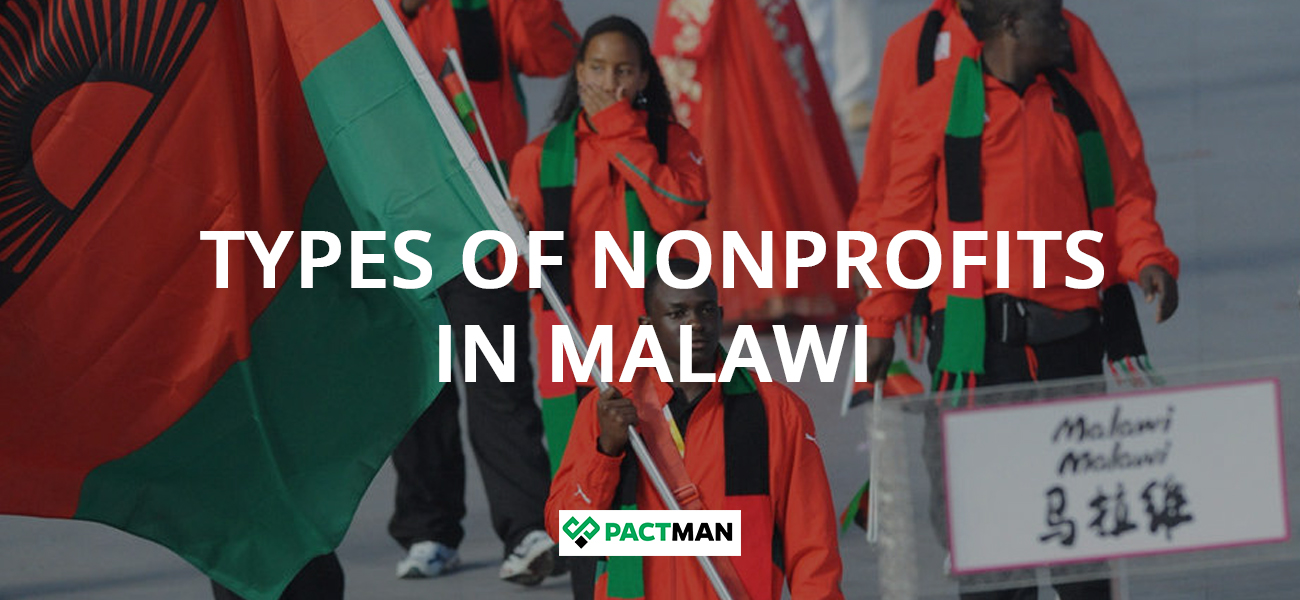Nonprofits in developing nations often lack a robust system that can enable the sector to thrive. Malawi is one such country. NGOs are largely unaccounted for in the region. Hence, there is limited information on the sector’s growth as well as the activities of the various types of nonprofits.
Malawi is one of the world’s poorest countries. Although the nation is known for its rising growth in agriculture, this is however largely affected by frequent droughts.
In this article, we will outline the types of nonprofits in Malawi and the sector’s contribution to the country.

- Malawi is one of the poorest countries in the world as over 50.7% of citizens live below the poverty line
- Women continue to suffer land and property grabbing, as well as domestic violence and are excluded from decision-making processes
- Other marginalized groups include vulnerable children such as orphans, the elderly and disabled and female-headed households
What are the types of nonprofits in Malawi?
The NGO Act of Malawi groups nonprofits into three major classes.
1. Non-Governmental Organizations (NGOs): these types of nonprofits comprise all groups or associations that have and share a common interest and are independent of government or state bodies. Also, these organisations do not seek commercial or profitable gains. NGO-related activities include developmental and environmental services as well as human rights. NGO nonprofits seek funding through government support or private donations.
2. Community-based Organizations (CBOs): these are public or private nonprofit membership organizations. CBOs are known to address issues within the local space and are open to residents of the community.
These types of nonprofits seek to improve the social, economic, and physical well-being of the society it operates. CBOs address critical issues such as education, housing, health, microfinance and sanitation.
3. Faith-based Organizations: FBOs are nongovernmental organizations that are formed to advance religious benefits in the country. These types of nonprofits have played a significant role in providing for the poor and advancing social or moral principles in the country. They are known to reflect the concept of compassion, care and solidarity.
How many nonprofits exist in Malawi?
Nonprofits registered in the GCAP Malawi community are about 600 NGOs. This comprises both local and international nonprofits operating within the country. Most NGOs in Malawi serve in rural areas with their head offices located in towns or cities.
Also, there are still many gaps yet to be filled by nonprofits in the country. We earlier stated that Malawi is one of the poorest countries in the world as over 50.7% of citizens lives below the poverty line. As the country’s population is largely made up of women (at 52%), a huge number of them are involved in agricultural activities. These women continue to suffer land and property grabbing, as well as domestic violence and are excluded from decision-making processes.
This is also the same for the youths who are hindered from key decision-making processes although they comprise 72% of the country’s population. The youth also suffer political abuse and a high unemployment rate. Other marginalized groups include vulnerable children such as orphans, the elderly and disabled and female-headed households.
It can be said that a large number of nonprofits in the country lack a robust social protection system that addresses vulnerable groups.
Conclusion
Malawi is known for its active nonprofit sector. They are nonetheless deficient in capacity. Hence, NGOs in the country are unable to create the needed impacts and changes in the community.
The various types of nonprofits including leading civil society figures have been subject to intimidation. Also, the activities of NGOs are relatively constrained by strict and onerous regulations. This in turn has hindered nonprofits from actively performing their roles in society.
If you enjoyed reading this article, share your comment with us at the bottom of the post.


